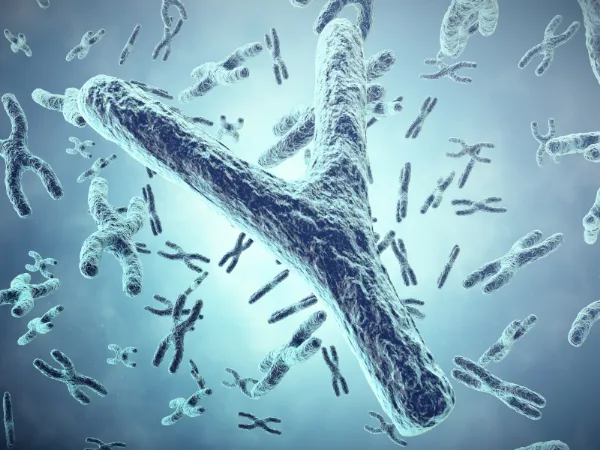A University of Massachusetts Amherst environmental health scientist has developed an “overlooked hypothesis” to help explain the projected global population decline, beginning in 2064 due to social stress.
The article was published in the journal Endocrinology. Stress from social media and other largely empty or overwhelming social interactions may be leading or contributing to changes in reproductive behaviour and reproductive physiology, suggests Alexander Suvorov, Associate Professor in the UMass Amherst School of Public Health and Health Sciences.
Through the study, he examines various theories related to previous human population decline as models predict a “remarkable” decrease from 9.7 billion people in 2064 to 8.8 billion by 2100. Some countries’ populations already have peaked and are projected to decline by 50% by the end of the century.
“A unique feature of the upcoming population drop is that it is almost exclusively caused by decreased reproduction, rather than factors that increase rates of mortality (wars, epidemics, starvation, severe weather conditions, predators, and catastrophic events),” he writes.
Suvorov outlines a hypothesis that connects reproductive trends with population densities, proposing that density reflects the quality and frequency of social interactions.
“Rising population numbers contribute to less meaningful social interactions, social withdrawal and chronic stress, which subsequently suppresses reproduction,” the manuscript states.
Over the past 50 years, a 50% decrease in sperm counts has occurred. Stress is known to suppress sperm count, ovulation, and sexual activity, Suvorov notes. While changes in reproductive physiology are usually attributed to the effects of endocrine-disrupting pollutants, Suvorov believes it is not the only factor.
“Numerous wildlife and laboratory studies demonstrated that population peaks are always followed by increased stress and suppressed reproduction,” Suvorov says. “When a high population density is reached, something is happening in the neuroendocrine system that is suppressing reproduction. The same mechanisms happening in wildlife species may be at work in humans as well.”
Suvorov points to several changes in reproductive behaviour that contribute to the population drop, including people having fewer children and waiting longer to start families or choosing to be child-free along with some biological changes within the body. More research is needed, he says, such as studies to determine cortisol levels in human blood which is an important measure of stress.
“A better understanding of the causal chain involved in reproduction suppression by population density-related factors may help develop interventions to treat infertility and other reproductive conditions,” Suvorov writes.
His hypothesis offers up an enticing area of research that scientists from different fields will be interested in exploring. “The goal of this paper is to attract attention to a completely overlooked hypothesis, and this hypothesis is raising more questions than it is giving answers,” Suvorov says.
“I hope it will trigger the interest of people from very different domains and that after additional studies we will have a much better picture of to what extent population density is connected with social stress and how social stress is connected to reproduction, and what we can do about it.” A common-sense place to start, he suggests: “Back off social media.”























